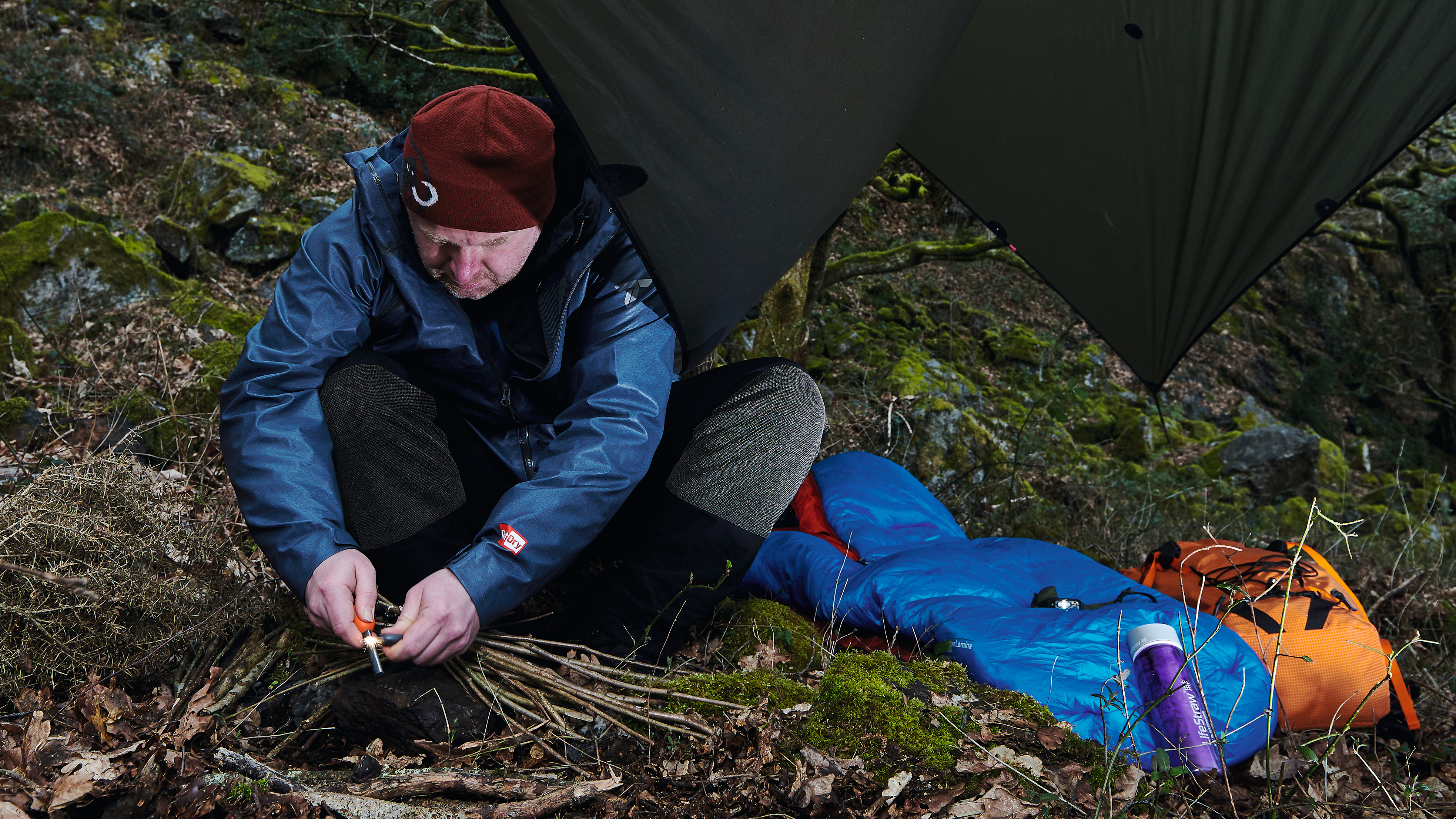
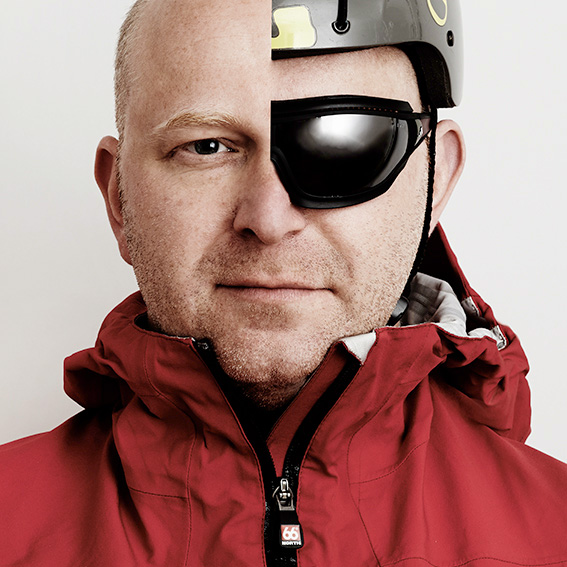
Survival is easy, right? Just turn on the tap for clean water, hit the ‘increase’ button on your smart heating app and order dinner from your phone. But strip away the phone, the food delivery, even the home itself, and things feel considerably less rosy, fast.
We recently headed to Dartmoor, one of the UK’s real wildernesses, in single-figure temperatures to find out how to survive in the outdoors for real.
Handily, we had some of the best outdoors tech with us, and professional help in the form of dynamic duo Will Batho and Tom Powell, two adventure guides for Beyonk, the online adventure marketplace. Would this combination be enough to beat the elements? Let’s find out…
Survival gadgets on test: what’s in our pack
• Dokpav Tarp Shelter
• Light My Fire Army Steel
• LifeStraw Go
• Black Diamond Storm 375 Headtorch
• Casio Pro Trek F30
• Mountain Hardwear HyperLamina Flame Sleeping Bag
• Black Diamond Focus Climbing Shoes
• GoPro Hero7 Dusk White
• Columbia OutDry Ex Reign Jacket
• Vango Thermocore Sleep Mat
• Nikon Monarch 7 Binoculars
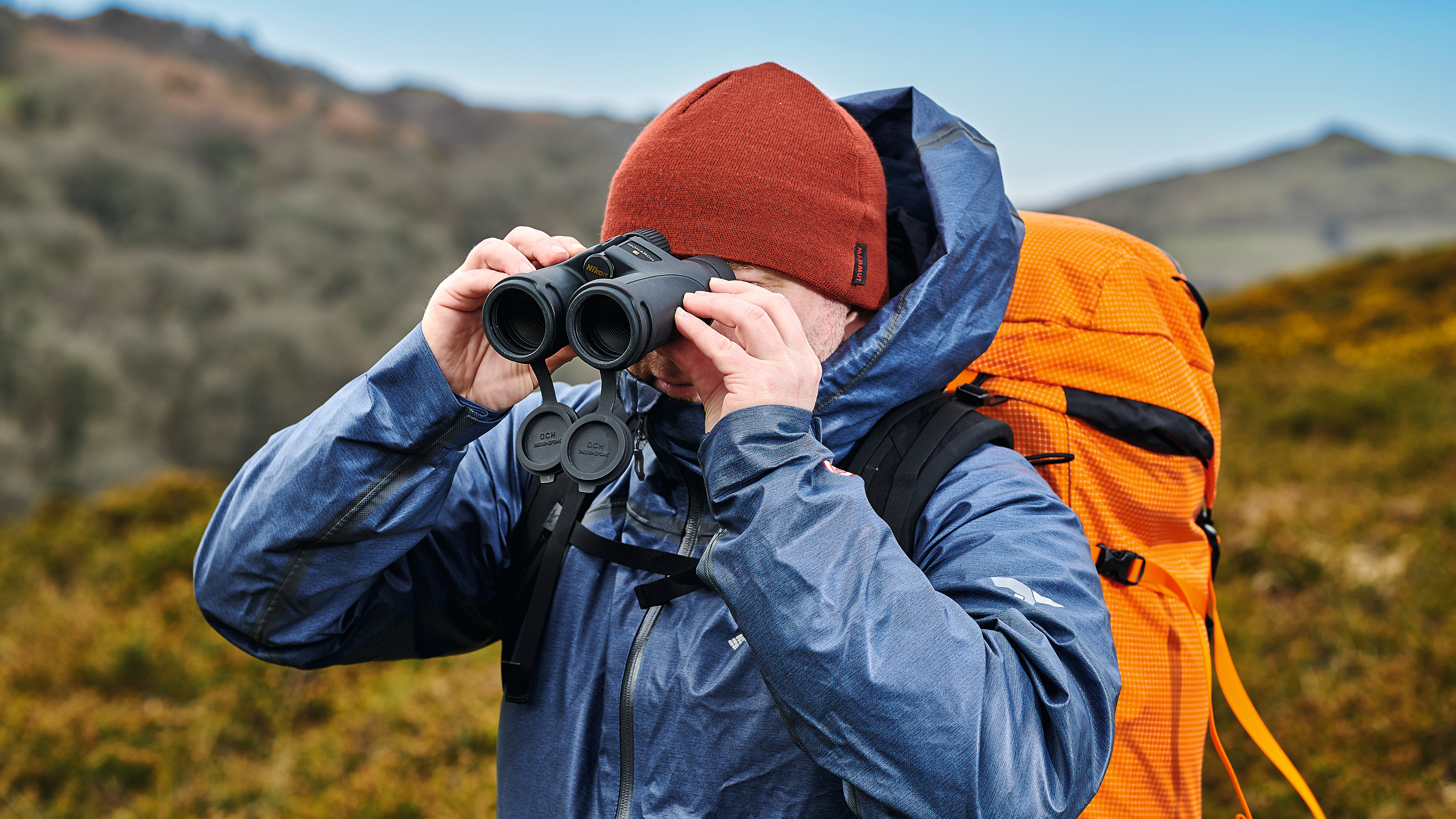
How to navigate in the wilds
We begin with some scene-setting advice from wilderness and adventure expert Will Batho, who quickly puts our remote location into a survival context. Based on his military training as a helicopter pilot, Will tells us that the main elements of survival are PLAN:
- Protection (including fire and shelter)
- Location (make yourself seen)
- Acquisition (acquire food and water)
- Navigation (finding the safest, most direct route to safety/habitation)
“The key is to combine these according to the challenge you find yourself in,” says Will. “So in a desert, for example, water may become your first priority.”
Today, learning how to navigate in the wilderness is our starting point. Navigation is a transferable skill, whether you’re trekking back to civilisation from a wrecked plane or traipsing around the lakes. Relying entirely on tech is not always ideal.
Sign up to the T3 newsletter for smarter living straight to your inbox
Get all the latest news, reviews, deals and buying guides on gorgeous tech, home and active products from the T3 experts
Indeed, our Casio Pro Trek F30 has excellent GPS smarts coupled with a clear mapping layout, but battery life is just over a single day in full ‘smart’ mode, which would leave you potentially lost in a real survival situation.
However, while learning how to use a map and compass is an essential outdoor skill, it is one that requires practice. We begin by planning a short route on a 1:25,000 OS map, a journey that follows the River Dart downstream for a few kilometres, paying attention to contour lines (those orange squiggles) and the number of squares we’re navigating across.
“Every 1cm on the map is equal to 250m on the ground, and terrain plays a big part in how long it takes to walk that distance, so don’t get too carried away when planning a route,” advises Will.
“Good map reading and compass work are a skill that takes time and effort to master, so start off practising somewhere very accessible at first, then increase the difficulty of the terrain as you gain proficiency.”
It’s tempting to cheat with the Casio Pro Trek, though, as it’ll display your location at the touch of a button, while a quick swipe up gets you straight into navigating using the familiar Google Maps interface… set to Outdoors mode, of course.
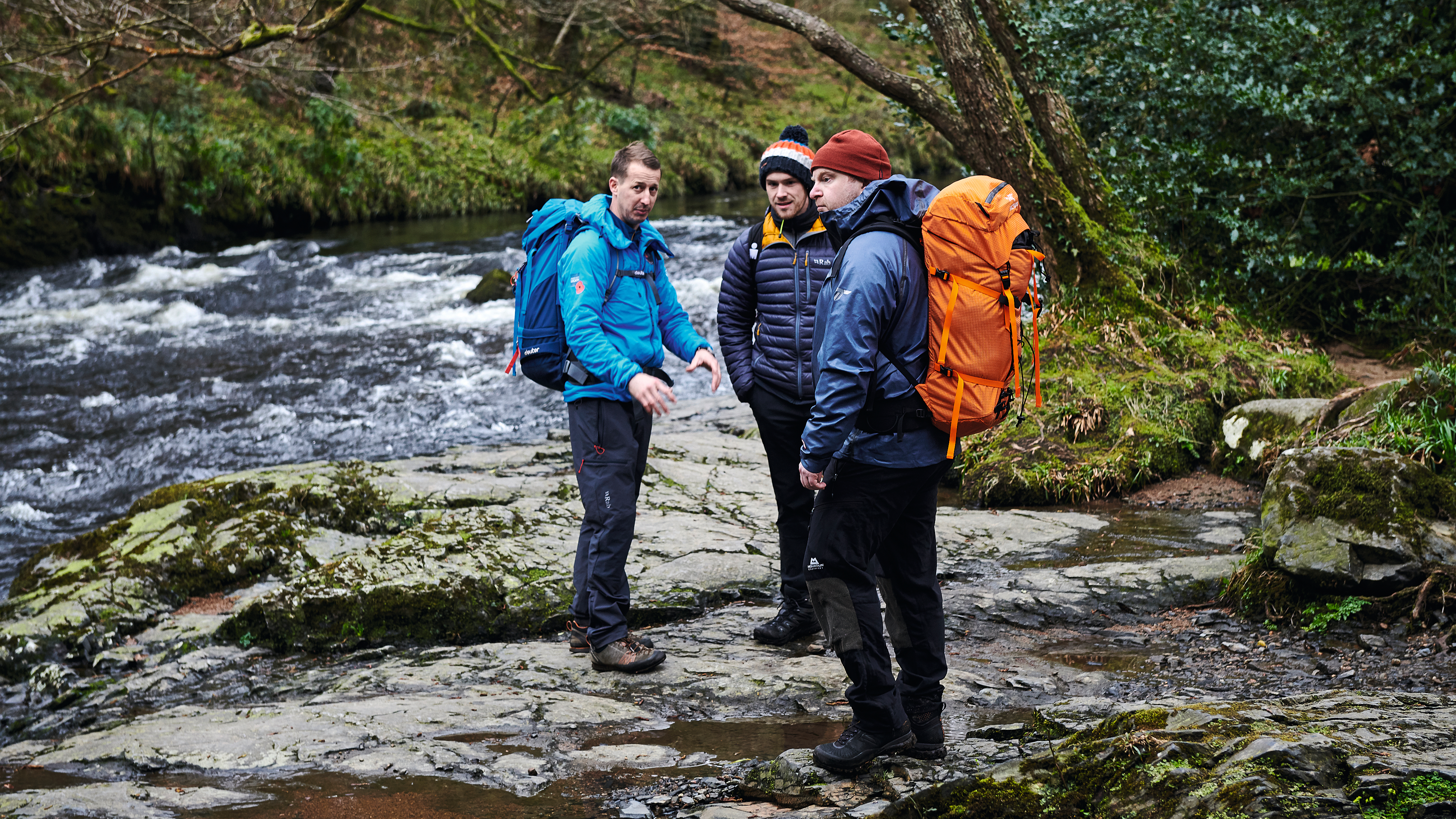
Using water as a life source and a way to navigate
The benefits of following the river in a survival situation are numerous: there are usually towns and villages on river banks. It’s also harder to get lost when following a river, and, perhaps most importantly, you have a ready water source.
“Having a fast-flowing river like the Dart as a water source is helpful, survival-wise,” Will explains, “as the fast-flowing white water aerates the water, introducing oxygen and UV, which helps kill off harmful bacteria.”
Fortunately, we brought along the LifeStraw Go, a filter bottle with built-in micro biological filter that’ll render even the dirtiest puddle drinkable. This is a blindingly fast way to purify river and stream water, making it clean enough for you to drink. Imagine how long it would take to decant and sterilise water otherwise, and the extra gear you would need to do it.
So we fill up and march on, breaking out our Nikon Monarch 7 binoculars to check ahead. Using their powerful optics, we quickly confirm we’re on the right track, so descend across moorland and down into the treeline along the river.
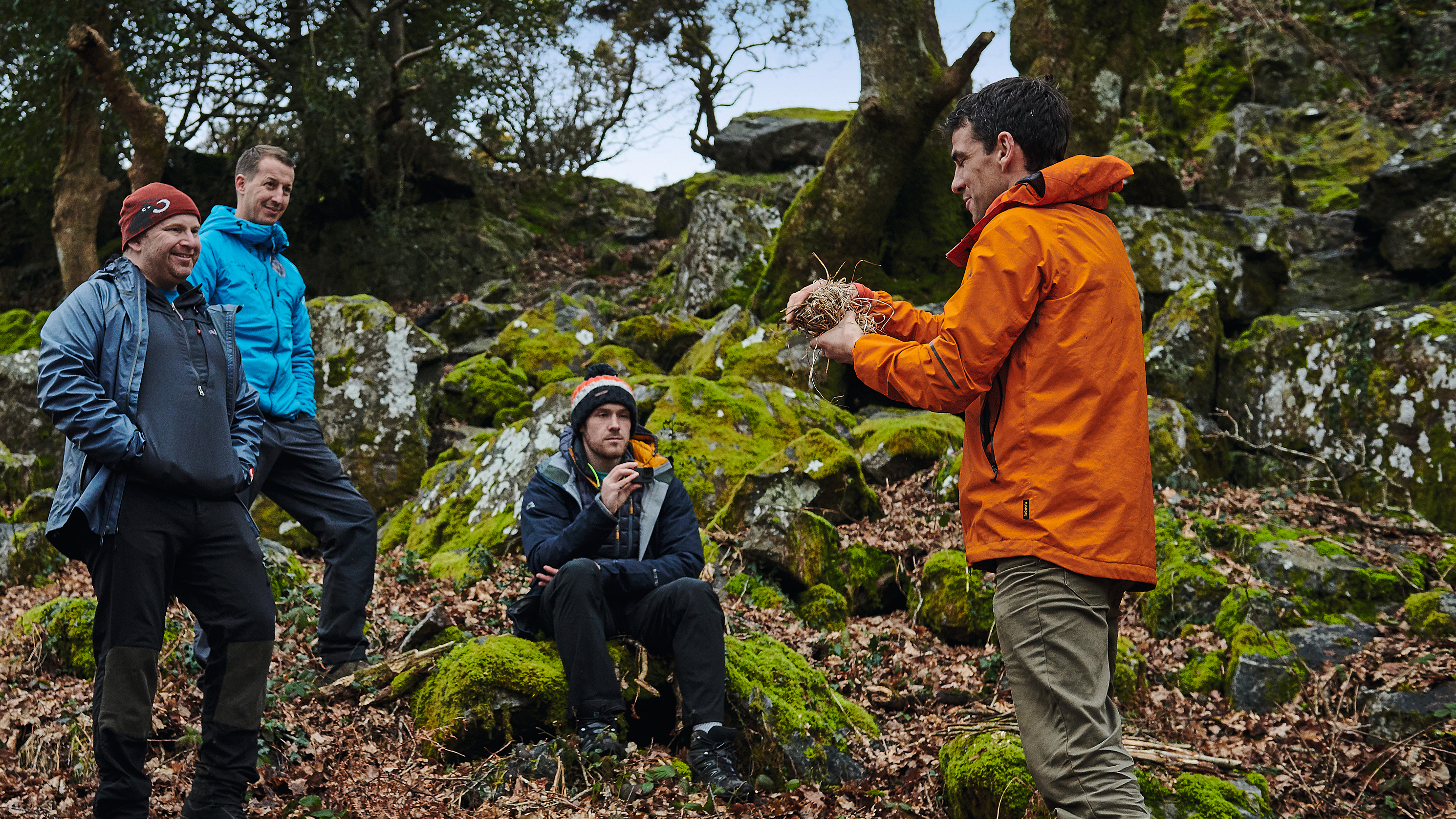
How to light a fire in the wild
Making fire is easy enough with dry newspaper and a lighter, but it’s much harder when you’re standing in a wet wood, without firelighters or dry fuel. However, foraging expert Tom Powell has plenty of advice as we navigate through heath, moorland and woods.
On the moor, dry gorse sprigs provide excellent tinder, as does a Clematis vine we pass (only the loose, naturally shedding bark is taken). Deeper in the woods Tom spots a downed Ash tree with bulbous hard fungi attached to the trunk. King Alfred’s Cake fungus will later turn out to be the core of our fire.
Once dried, the fungus takes and holds a spark from the flint and steel we’re using (these sets are cheap, and should be a staple in any explorer’s backpack). Blowing on this fungus, which we’ve wrapped in a handful of dry grass, produces smoke, and finally – whoosh! – flame. “Fire requires heat, fuel and oxygen to get established,” Tom says.
“Once you have a flame, add dry sticks in gradually ascending size… twigs, then finger size sticks, then wrist-sized. I use a ‘Jenga’ style technique where you hold a small bundle in the flames until it catches, then lay it gently in the burning pile. Dropping too much on at once will smother your fire.”
With a small but cheerful fire carefully set on a clear spot of ground, we tackle the next challenge: finding a spot for a night in the woods.
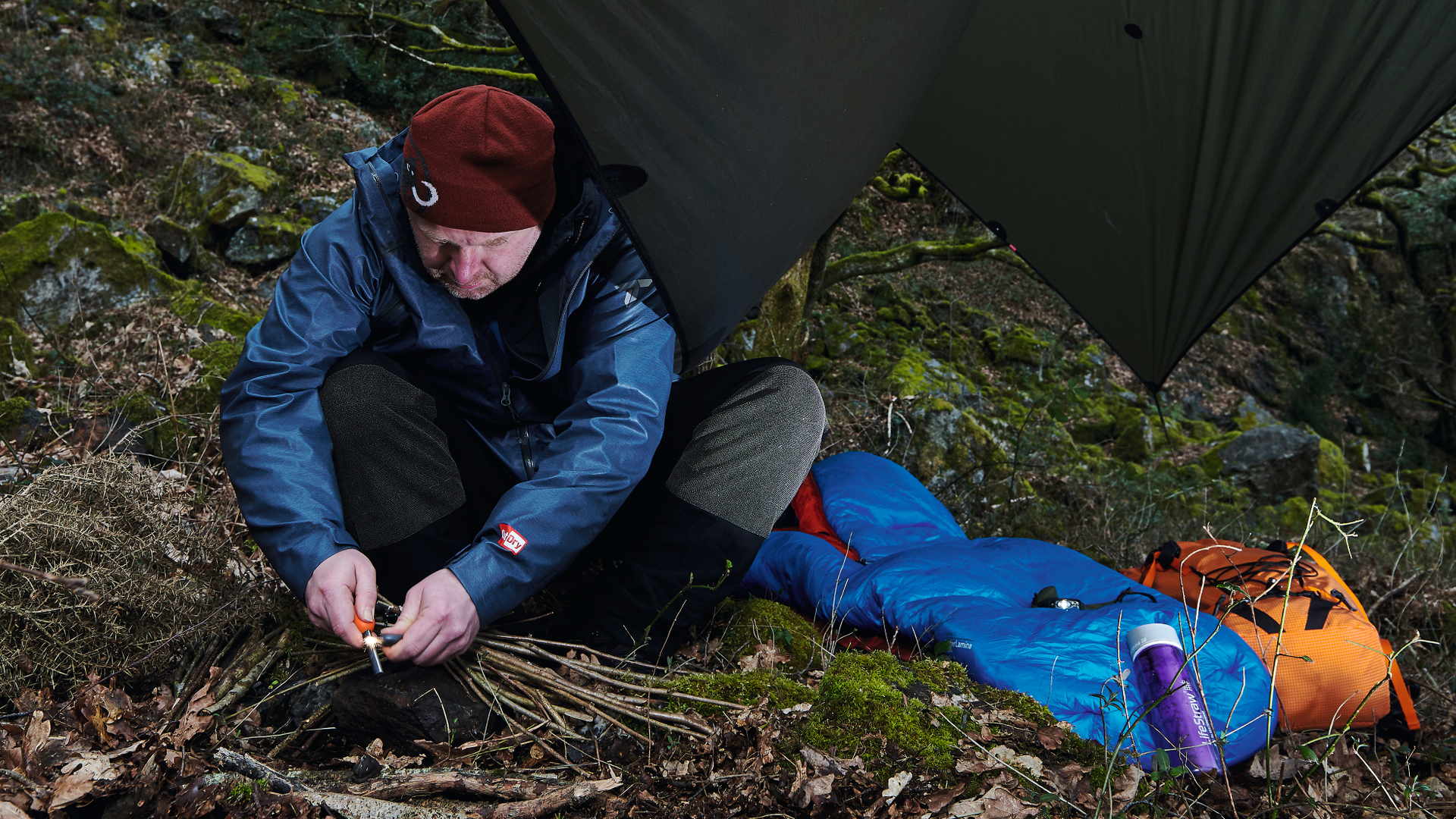
How to make a shelter in the wild
Although hiding under a tree is sort of shelter, it doesn’t hold up well to ‘weather’. Will explains that a proper shelter is vital for survival, and with dusk falling, the time is nigh.
After finding a decent spot in the woods, we pull tarp from our pack. This is a lightweight sheet of tarpaulin with built-in hooks and eyelets that can be strung between trees to create a fast, dry shelter. It makes a huge difference in a heavy rain shower and can be improvised from almost any sheet material.
When it comes to finding a location for a survival situation you must look for a spot that doesn't put you in further danger. Tom explains: “Avoid a site underneath trees with heavy limbs, especially beech trees which can drop a branch of several tons even when it looks perfectly healthy. Make sure you're not in the path of a potential river or water flow if it rains heavily.
“Will you be sheltered from the incoming wind? Picking a spot on raised ground and away from thick vegetation and water can help prevent you from sleeping somewhere damp and from being bitten by the midges. Do you want to be seen by others who might be coming to save you? If so, make efforts to be conspicuous. Do you want to remain hidden? Then work to keep a low profile.
Next comes the type of shelter. “If you intend to stay for one night before you move on, look for any natural features that may help,” says Tom. “A fallen tree, rocks, or even a cave could all provide a strong foundation or starting point. Sturdiness is everything, you will not have a good night’s sleep if you know your shelter is precariously balancing like a wonky Jenga tower.
“A general rule is to keep your shelter low, about the height of your sternum, this means you can sit up easily, any higher though and you will struggle to keep your shelter warm during the night. The biggest loss of heat comes from your connection to the ground, so make sure it is padded. A layer of logs padded out with a thick layer of leaves will stop the ground from stealing all your body heat."
To create your walls and a roof, a thick layer of sturdy branches interwoven with thinner branches will create your foundations. "You don't want any gaps bigger than the palm of your hand, otherwise the wind will come whistling in," explains Tom. "If you have access to leaf litter, a covering of leaves as deep as your elbow will block out the wind. They will fully waterproof your new abode too and ensure you have a dark and silent night's sleep.
Handy tools to carry for building a shelter
“An experienced adventurer will always carry a thin tarp, and a length of paracord with them so that they can create all manner of windproof shelters without the need for gathering and preparing lots of materials (a sturdy 2-man natural shelter can easily take half a day),” Tom explains.
“A knife is always handy to carve pegs for guylines and to whittle any wood into more comfortable or functional positions. If the weather is hot then a hammock suspended underneath a tarp is an airy and comfortable nights sleep and keeps you away from the creepy crawlies in the undergrowth.
“The key element is to be flexible and adaptable, an understanding of the weather, the terrain and the environment will mean that each adventure calls for a different style of shelter, the old scout motto 'be prepared' really comes into its own when it comes to shelter building, whether it is for survival or just for fun.”
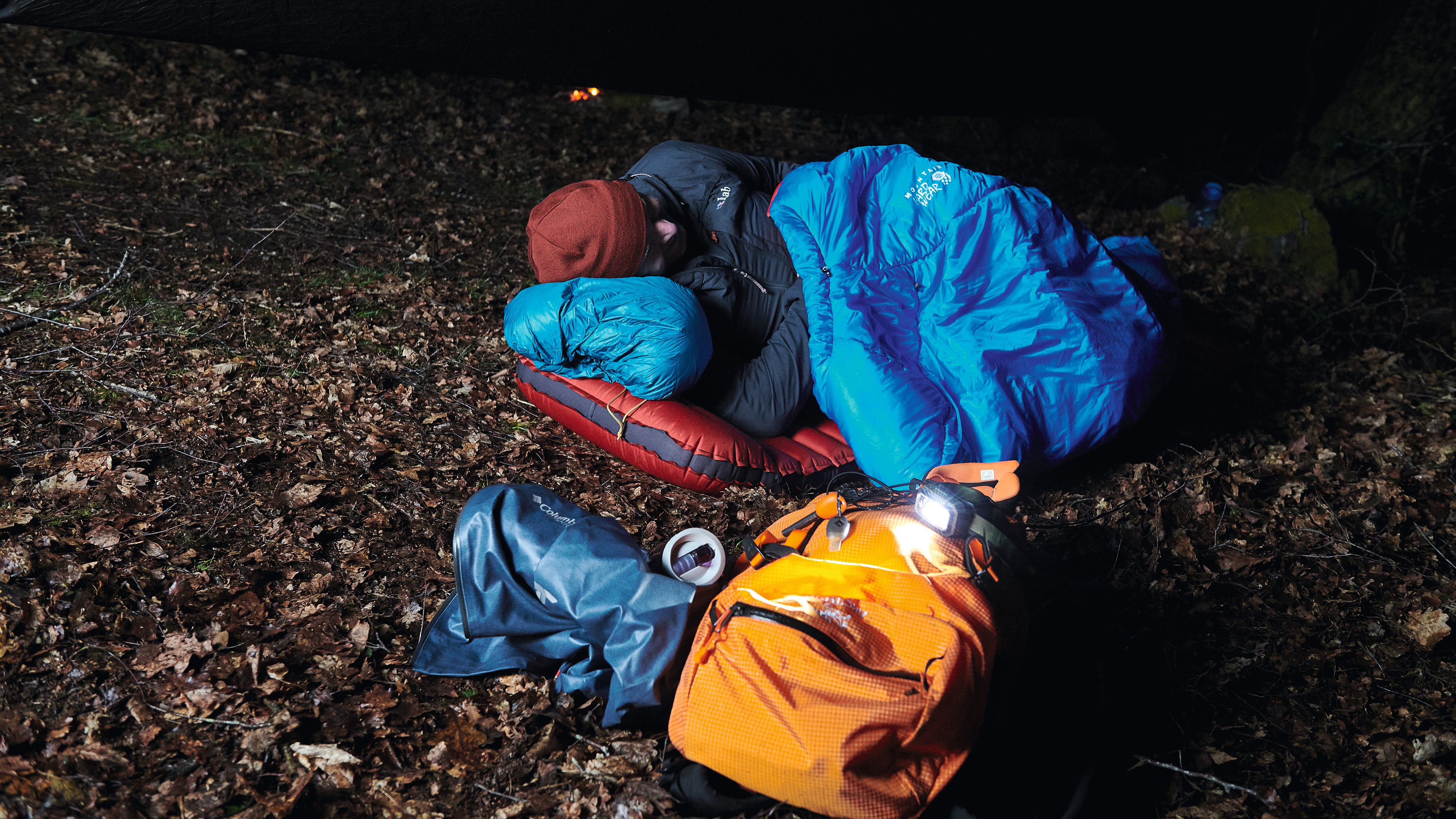
Turn the lights on
Needless to say, erecting the tarp in the dark is a moment when a powerful head torch is literally a lifesaver, enabling T3 to get the hang of several specialist knots such as the Siberian Hitch and Tarp hitch.
This is where the Black Diamond Storm 375 Headtorch shines, and the robust waterproofing of the Columbia Outdry Reign Jacket are particularly welcome as we grapple with twine in the gathering gloom.
Tarp stretched out above us, we further unpack the lightweight Arc’teryx Alpha AR 35 (£150), a versatile, tear-resistant, all-weather backpack that lends itself well to rock climbing and hiking excursions.
Then we inflate our sleeping mat. We’re using the Vango Thermocore Sleep Mat which, unusually, has a dry-bag pump apparatus. It takes some trial and error in the dark, and once inflated provides much-needed protection from the cold ground.
Next to be unfurled is the Mountain Hardwear HyperLaminar sleeping bag. It’s a revelation: cosy and very light for a traditionally-chunky synthetic bag. Equally welcome is the Thermarest Down Pillow, a down-plumped drawstring bag that you chuck your clothes into, but then pull the string to transform into a camping pillow that’s actually comfortable.

Why climbing is a handy survival skill
When adventuring outdoors, you’ll likely encounter difficult terrain. Usually it’s best to avoid sheer cliffs and the like, and you can do this by honing your navigation skills. However, when that isn’t possible, it helps to know how to climb over sections, or abseil down short stretches.
So in the morning light we seek out a nearby cliff to run through the basics of climbing up, in this case videoed by a helmet-mounted GoPro Hero7 Dusk White, so we can show our mates later.
The image stabilisation proves useful, because climbing videos can often look abrupt and jerky, while the voice activation is a real boon when hands are occupied elsewhere.
Safely tied into a top rope and sporting the Black Diamond Focus Climbing Shoes for better friction and seemingly endless edging power, we move up above the treeline to take in the view and plan a route back to civilisation. Thanks to our experts and some brilliant tech, we know we can make it, even if things get tough.
Putting survival gadgets to the test

1. Dokpav Tarp Shelter
It may not look like much compared to the fancier survival gadgets you can buy, but the humble tarp will keep you protected from rain and wind in the wilds. The Dokpav Tarp Shelter is durable and waterproof (PU2000mm).
This tarpaulin kit comprises the sheet of 3.3M tarp itself, which is made from 190T rip-stop nylon with a silver-coated interior. It also provides UV protection if the sun is beating down and you can’t find any nearby areas of shade.
It also comes with eight guyline ropes and six aluminium pegs, giving you everything you need to erect your shelter quickly.
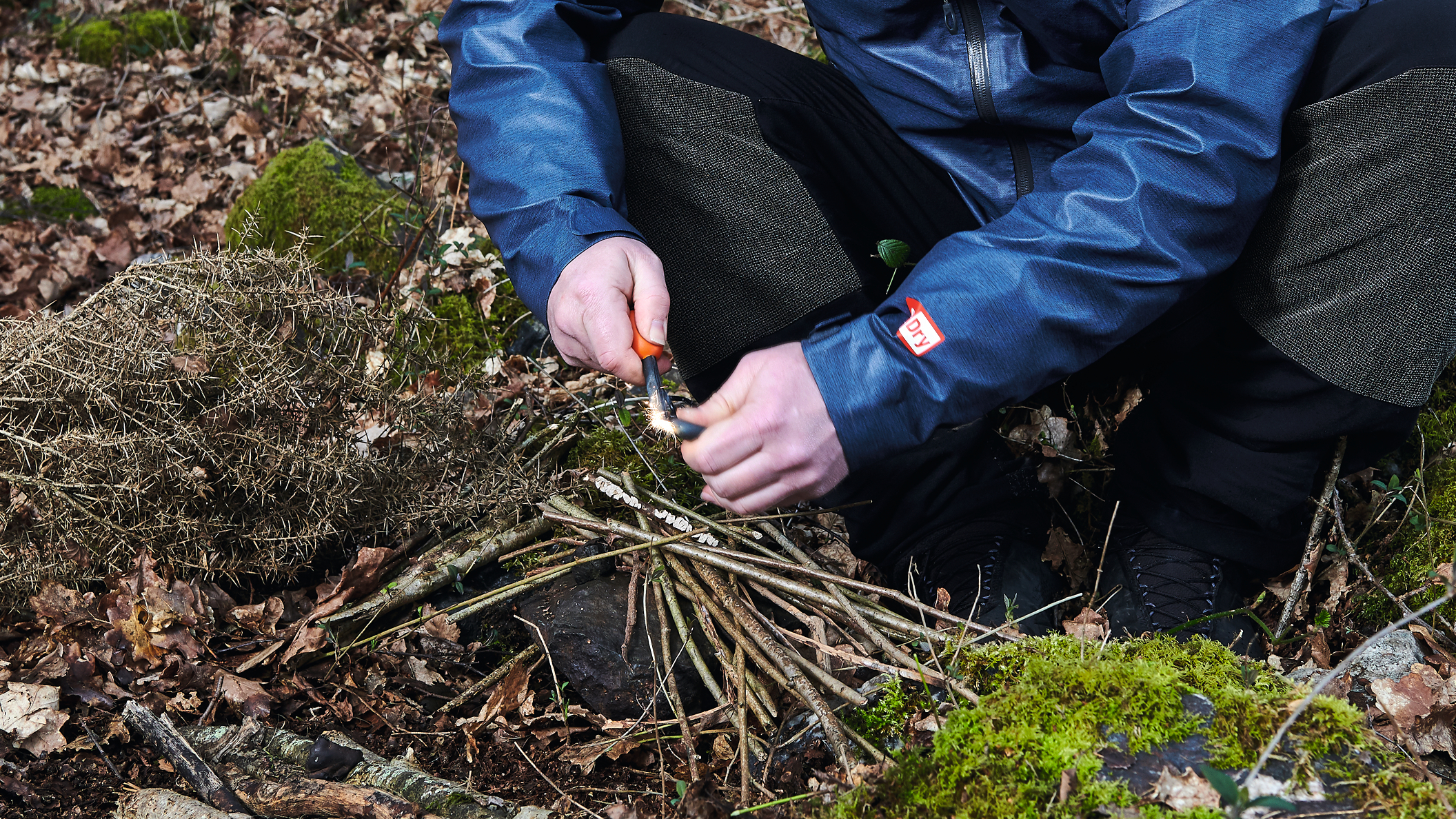
2. Light My Fire Army Steel
You can get up to 12,000 ignitions with this army-issue magnesium fire steel, giving you the tool you need to get a safe, controlled fire started in the wilds. It also comes in handy for lighting a campsite fire.
The Light My Fire Steel works at any temperature, humidity and altitude, and works even if it’s raining, making it an essential all-season survival gadget. Even better, the fire steel is attached to an emergency whistle if you need to make yourself known in the wilds.
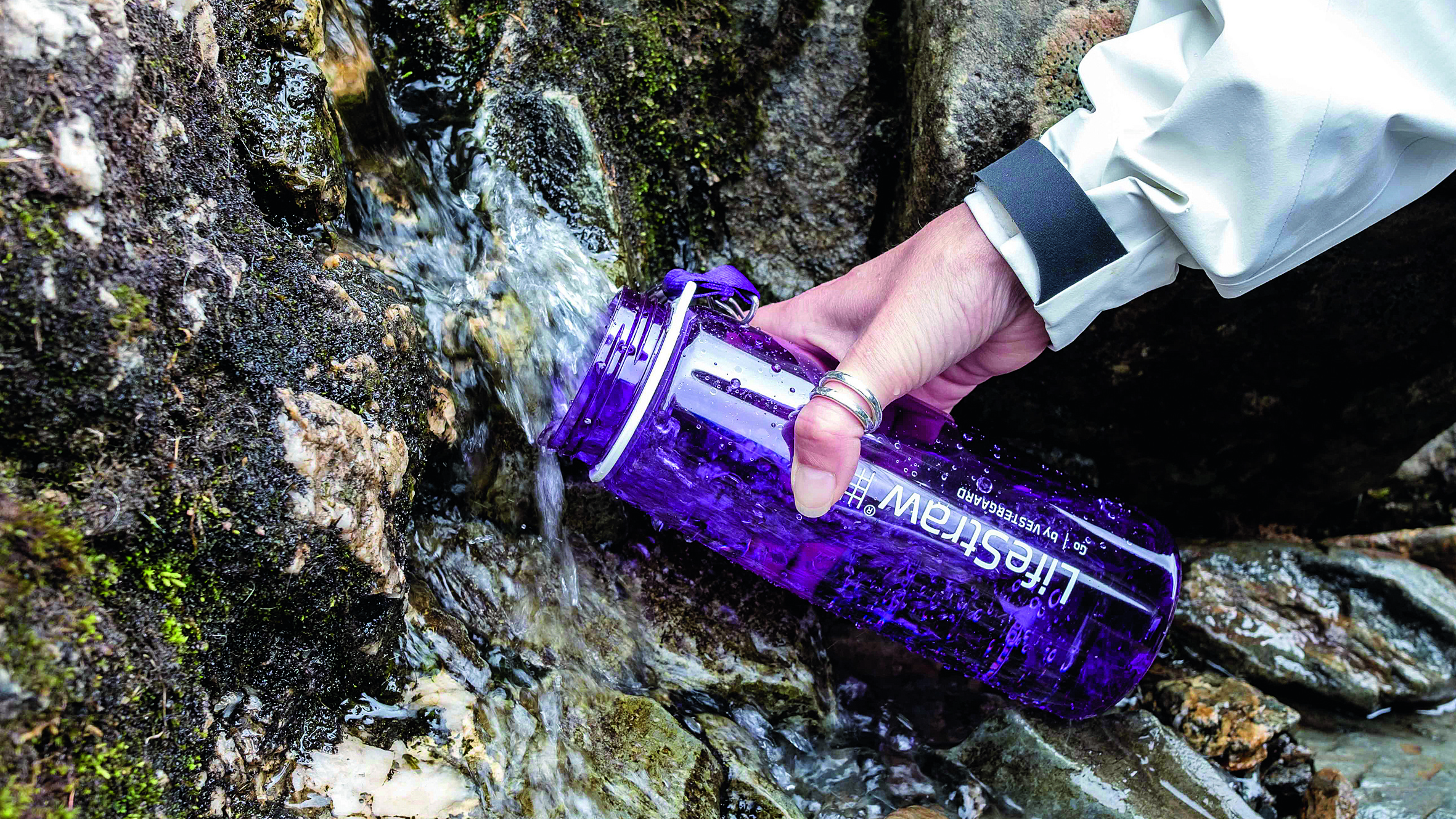
3. Lifestraw Go Water Filter Bottle
The BPA-free LifeStraw Go is lightweight, takes up little room in your pack, and gives you instant access to safe, clean drinking water regardless of the source you drew it from. So that could be a river, stream or a muddy puddle.
This advanced water filter bottle for outdoors adventures removes bacteria, parasites, microplastics, chlorine, pesticides and herbicides, with a microbiological filter that provides up to five years of safe water.
If you’re regularly adventuring off the beaten track, this is a must-have item to ensure you always have access to clean drinking water – and all without having to lug litres of the stuff around with you.
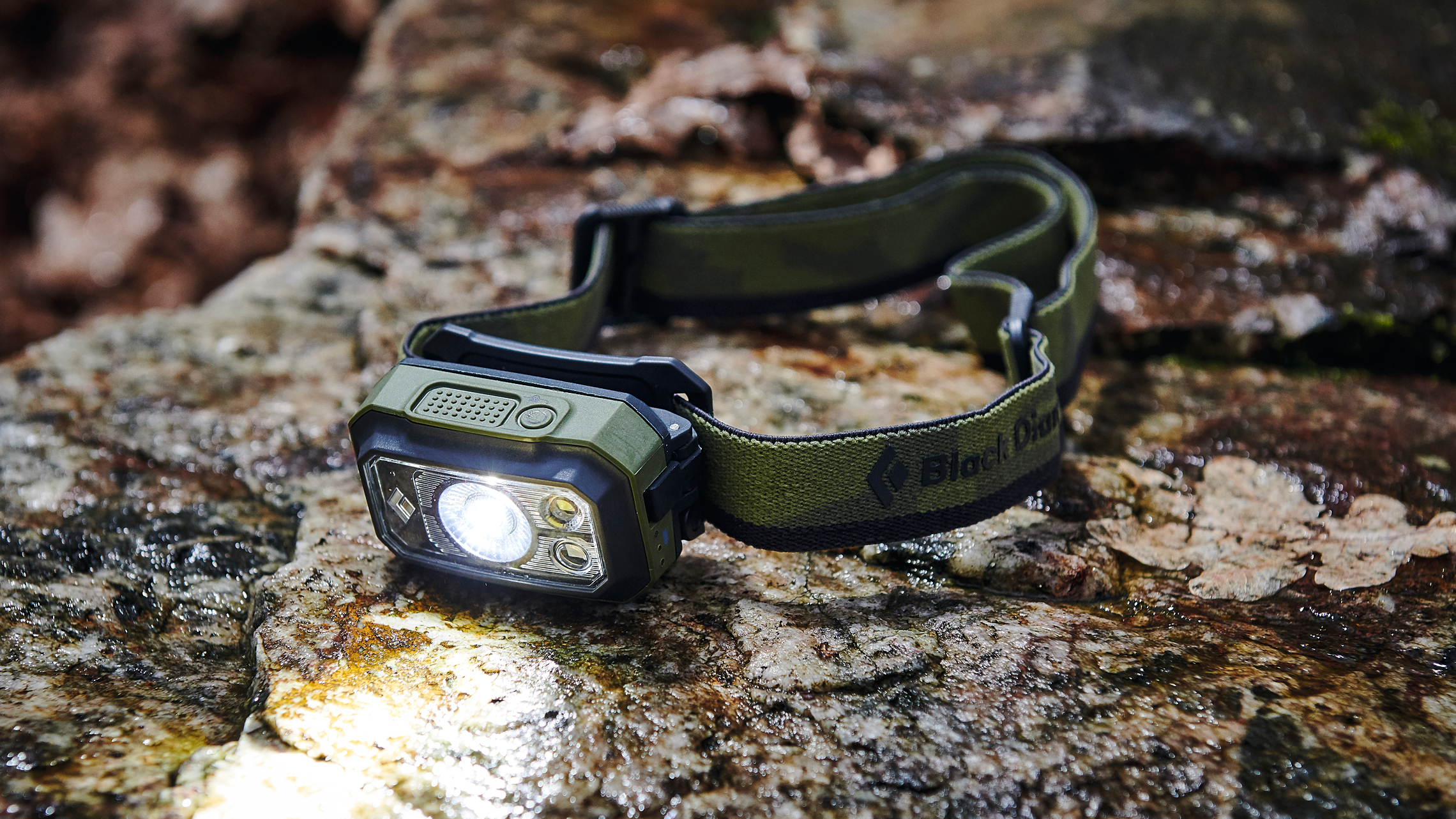
4. Black Diamond Storm 375 Headtorch
The latest iteration of the BD Storm 375 is a compact, feature-laced powerhouse of a headtorch. Firing a 375-lumen beam, there’s a handy tap-operated brightness setting.
There’s also a dual-button system that enables you to cycle between the main beam, a smaller, localised beam for in-camp faffing and a red light to minimise the pain of those alpine starts in the dark.
With IP67 waterproofing, easy safety lock and a battery indicator, this has all the bells and whistles, but in a simple, usable package.
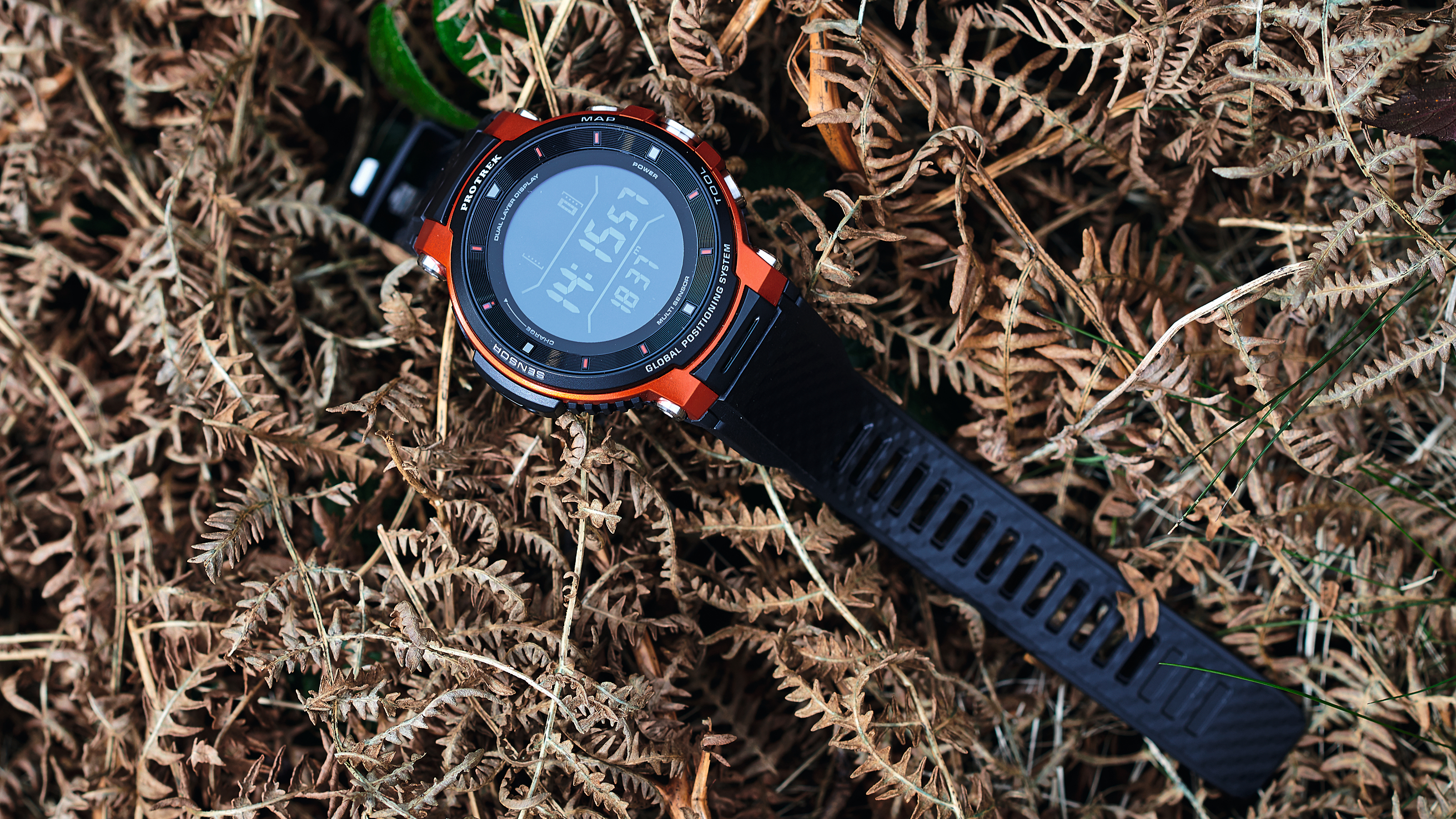
5. Casio Pro Trek F30 GPS
The water-resistant (to 50m) outdoor GPS watch from Casio has added smarts in the form of Google Wear OS (voice control is here), and is less bulky than the traditional navigation watch.
With a dual-layer touchscreen and impressive mapping capabilities, including the ability to display full-colour maps on the watch face, the Pro Trek F30 is a weekend warrior that will see you through many adventures. As a do-it-all navigation device (GPS, GLONASS, Michibiki) there’s lots to like here.
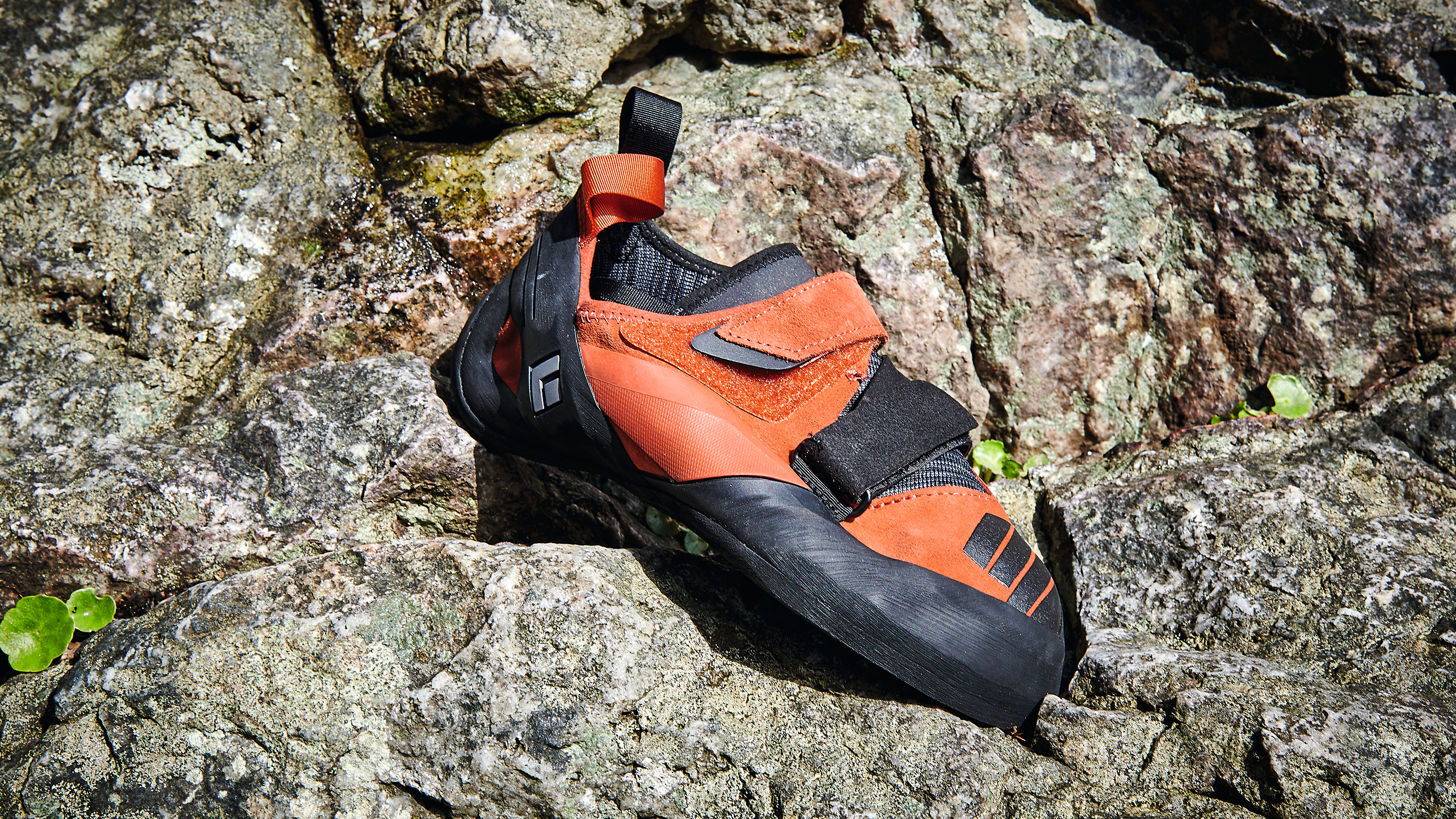
6. Black Diamond Focus Climbing Shoes
A dual-velcro, slipper-style shoe, the Focus is marketed as an intermediate choice, but with a curved sole and aggressive toe box, we’d say this is at the top end of that spectrum. However, the power and precision is right up there.
With impressive build quality and comfort-enhancing engineered knit tech in the tongue, this is a climbing shoe that’ll get you up there whatever problem you throw at it – from indoor climbing wall to gnarly crag, these shoes will empower you to bring your A game.
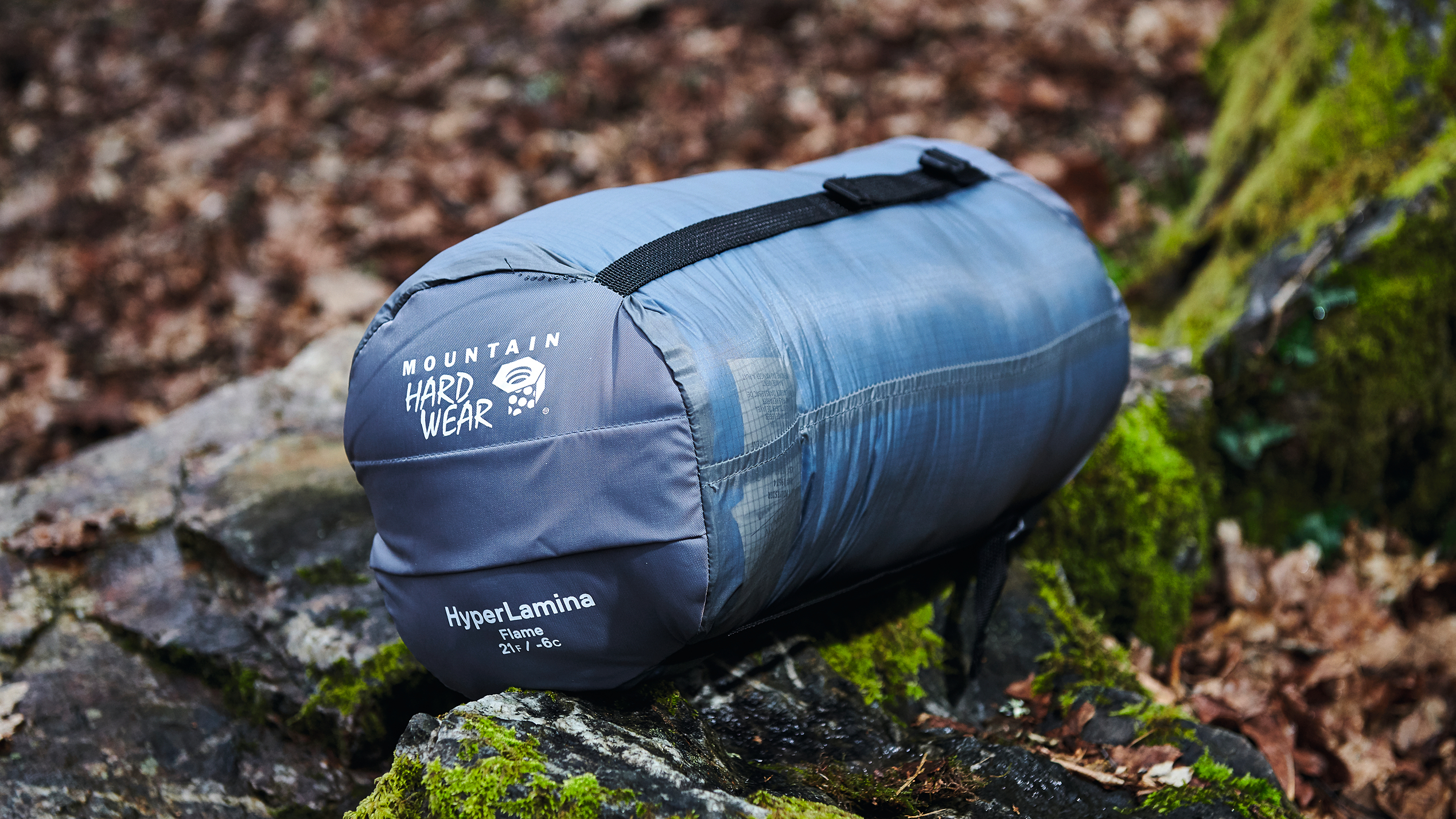
7. Mountain Hardwear HyperLamina Flame Sleeping Bag
Designed to be one of the lightest synthetic bags on the market, this packs down to the size of a large water bottle. With a temperature rating down to zero degrees, the HyperLamina Flame is an ideal sleeping bag for sleeping out in the UK, and will still keep you warm even when wet.
Clever body-mapped and welded insulation is designed to eliminate cold spots, and a draught collar and generous internal baffle work to keep the heat in. This will be especially welcome during the wee, cold hours.

8. Columbia OutDry Ex Reign Jacket
When it’s really throwing it down, the highly breathable Columbia Reign Jacket is the one you want to be wearing. Fully seam sealed, this robust waterproof jacket will keep you dry in anything short of full immersion.
The Reign is designed with a large storm hood that’s fully adjustable, depending on the fit you want to achieve, along with adjustable sleeve cuffs and a drawcord hem, enabling you to keep all rain out.
There’s underarm venting to keep you cool on the move, plus useful zippered hand pockets, which you could keep small outdoors tech in.

9. Vango Thermocore Sleep Mat
With a generous length and width, this sleep mat gives even spreading sleepers a comfortable base for nights on the ground. Its stuff sack doubles as a pump, making it easy to get in place when you need to get to bed before the cold sets in.
It's made of pretty sturdy materials, which means it's not the lightest sleep mat in the world, but they also mean it's robust and does its insulation job well.
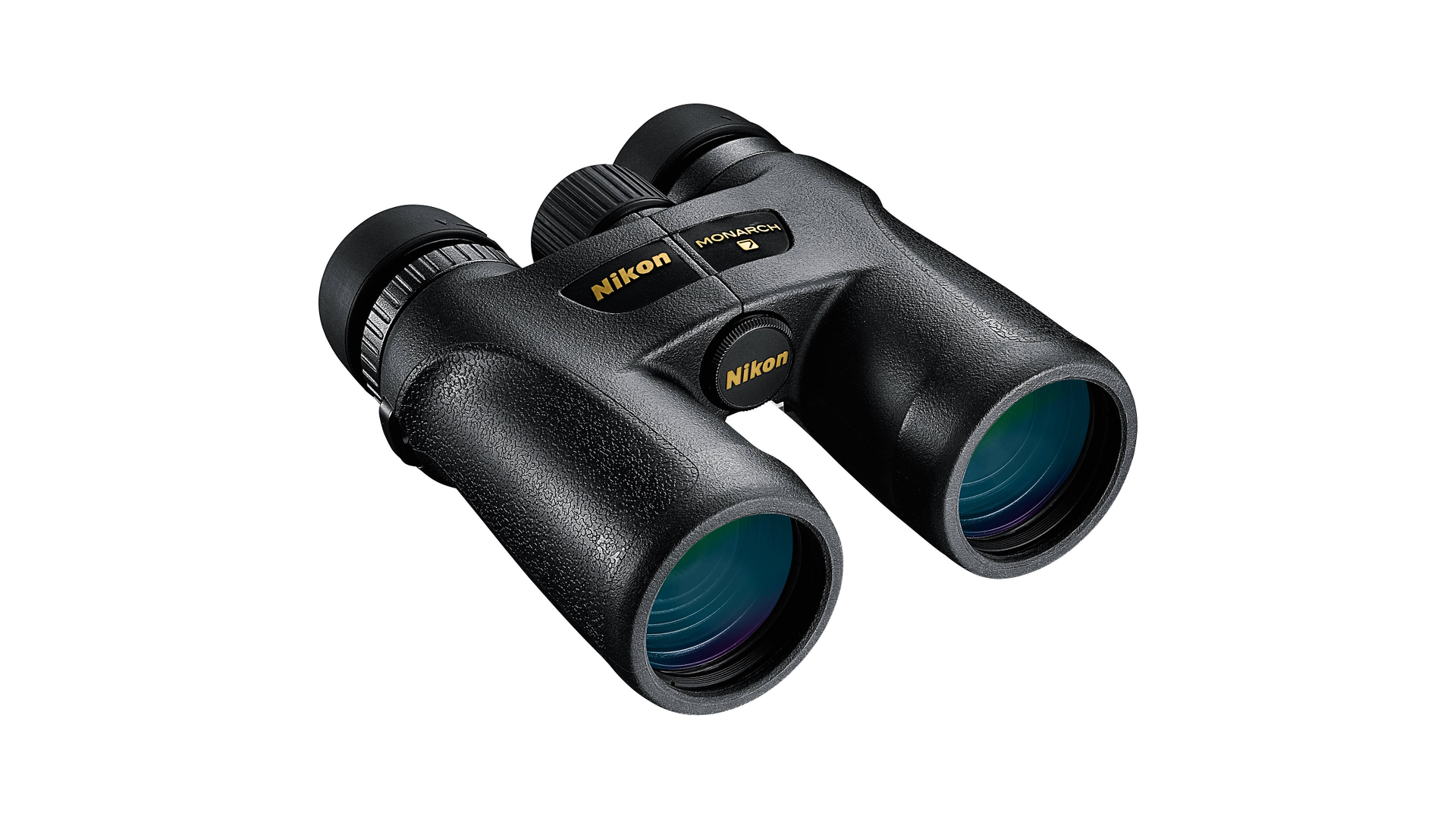
10. Nikon Monarch 7 10x30
The Monarch range includes a few different options, so you don't have to go for the 10x30 version that we have here. The 10 in the name indicates the magnification (10x), while the 30 refers to it having 30mm objective lenses (the bigger ones). There is, for example, a 10x42 model, which lets in more light and so is better in darker situations.
In any case, you'll get binoculars that lightweight to carry, offer crystal-clear views thanks to a bunch of clever optics tech, and are even lightly waterproof for if things get hairy.
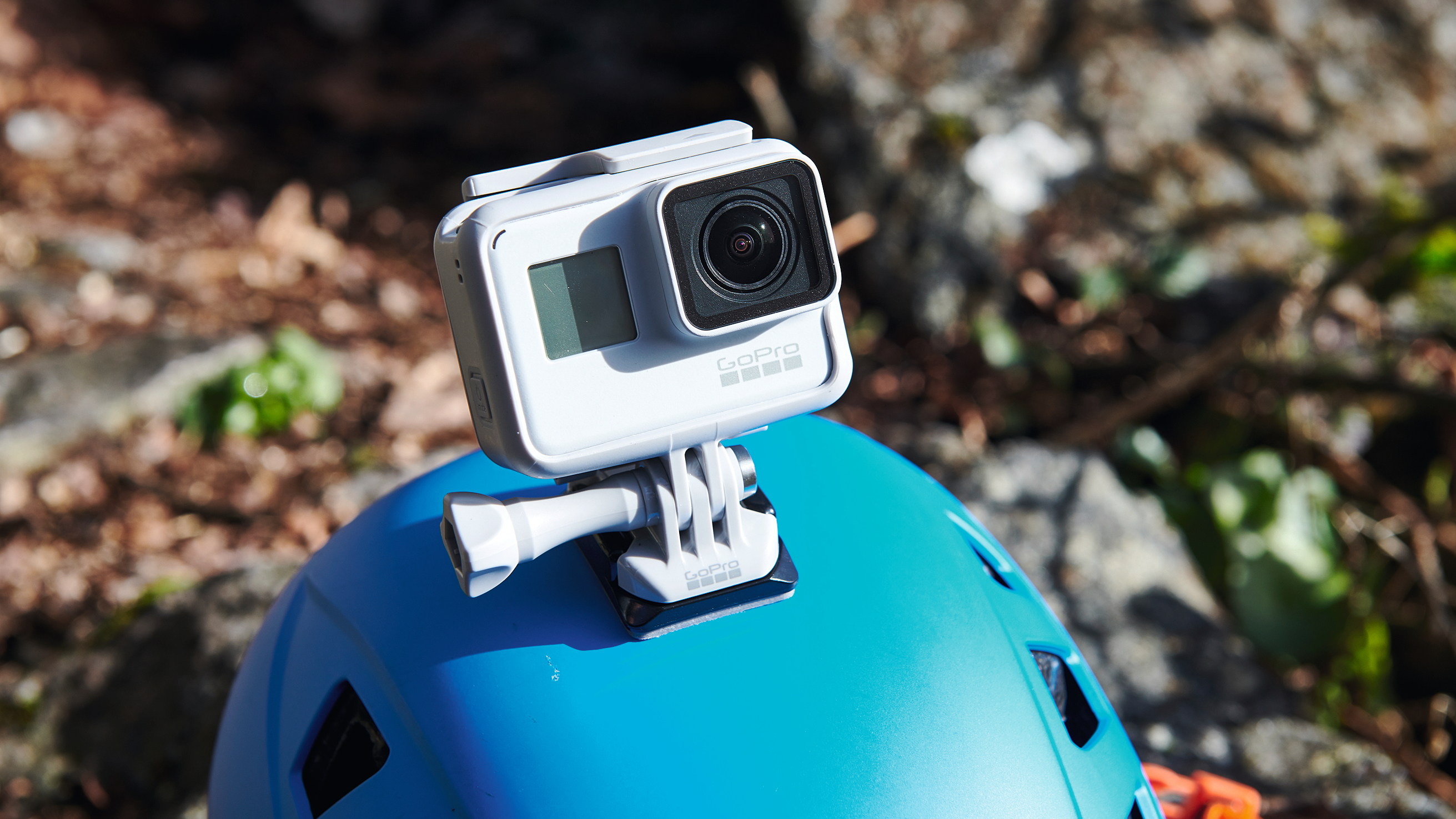
11. GoPro Hero7 Dusk White
The new limited edition of GoPro’s jaw-droppingly brilliant action camera not only looks the part, but delivers the digital visuals too. With top-flight in-camera video stabilisation tech, even the choppiest sequences look super-smooth, and with voice activation it’s easy to start recording during key moments.
The robust and waterproof Hero7 Dusk White limited edition colourway comes with a helmet mount, flat surface mount and a handy telescopic tripod/selfie stick in a padded case, all ready for your next journey.
How to plan your next outdoors adventure
For this feature, T3 teamed up with a team of wilderness and foraging experts at Beyonk, an online adventure marketplace that’s here to help you get outdoors more easily on the weekends.
Bikepacking or river paddling? You got it! The company helps people make the most of their free time by connecting them with qualified guides.
With a focus on local adventure, there are nearly 100 experiences on offer, making it easy to disconnect and get active outside with amazing experiences, no matter how busy you are. It’s easy to search for activities and book, and you can search by location or by activity type.
To check it out for yourself, head over to the Beyonk website now.
Mark Mayne has been covering tech, gadgets and outdoor innovation for longer than he can remember. A keen climber, mountaineer and scuba diver, he is also a dedicated weather enthusiast and flapjack consumption expert.
-
 This smart home gadget can tell you when to water, feed and move your houseplants
This smart home gadget can tell you when to water, feed and move your houseplantsStress-free plant care? Yes please
By Lizzie Wilmot
-
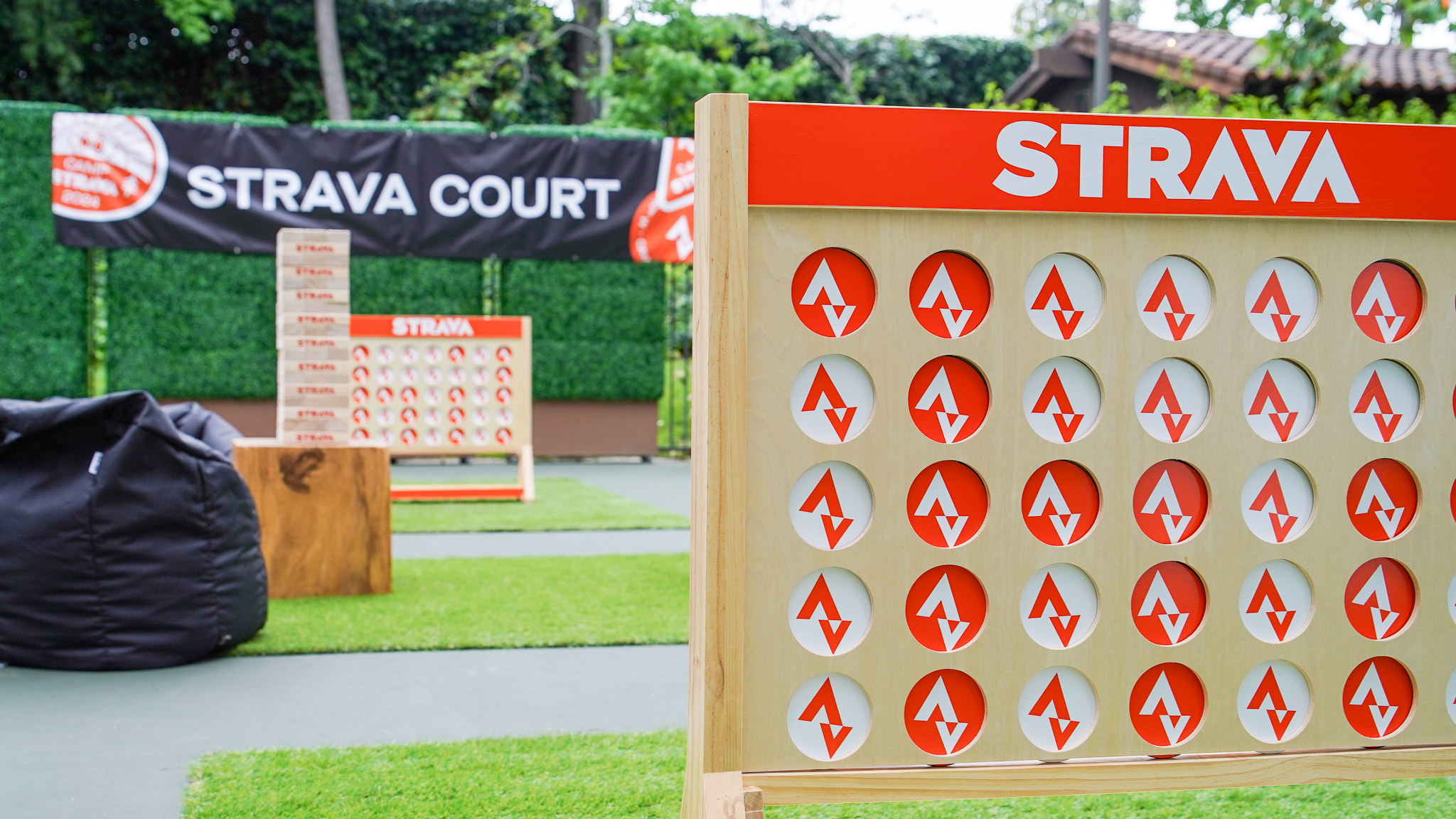 Strava just bought Runna and we got the inside story from both CEOs
Strava just bought Runna and we got the inside story from both CEOsNo, Runna isn’t going anywhere – and no, your subscription won’t get more expensive (for now)
By Matt Kollat